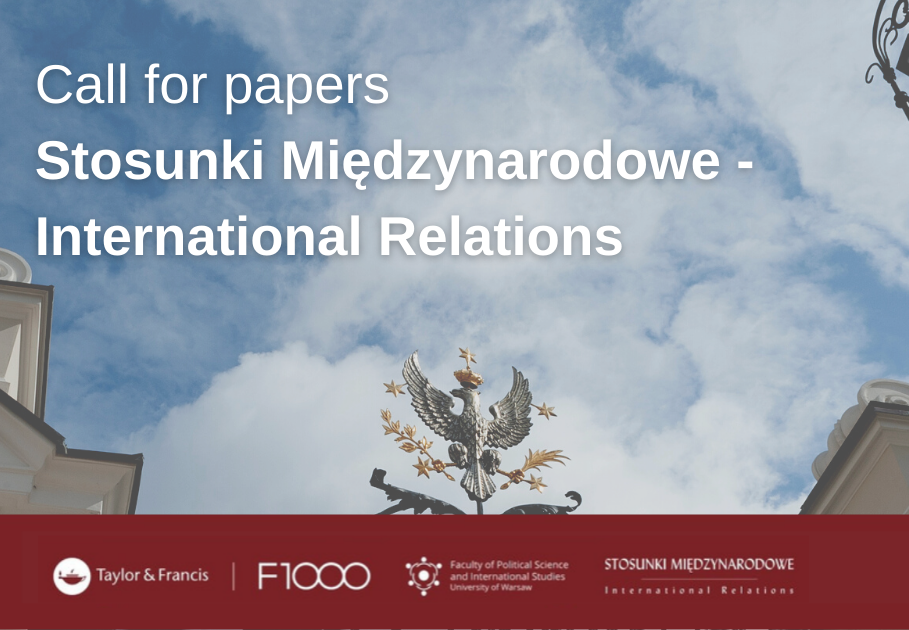About the Journal
Aims and scope
Editorial Board and Advisory Board
Ethics Policy
Privacy Policy (GDPR)
Contact
Current issue
Archive
For Authors
Call for Papers - New Publishing Platform of SM-IR
Guidelines for Authors
Formal requirements - structure of texts
Editorial requirements
Review procedure
Reviewing rules
Review process
Review procedure
Reviewing rules
Guidelines for Reviewers
Policies/Ethical Code
Contact
ARTICLE
Regulatory Impact Assessment Institutions in the United States
and the European Union in the Context of TTIP Negotiations
1
Uniwersytet Warszawski
Publication date: 2015-06-30
Stosunki Międzynarodowe – International Relations 2015;51(2):255-279
KEYWORDS
regulationRegulatory Impact AssessmentEuropean UnionUnited StatesTTIPpublic policytransatlantic relations
ABSTRACT
Regulatory Impact Assessment (RIA) is a method of public policy analysis that
has been gaining more and more significance in the regulatory systems in the
United States and the European Union. The method, developed in the 1980s in
the United States, is currently applied by government institutions in a number of
developed countries throughout the world, for example the Member States of the
European Union. RIA is a document pointing out the potential costs and benefits
of a draft regulation. It is drawn up using quantitative and qualitative analysis,
which indicates the regulations that bring more benefits to the society than costs
and therefore makes it possible to assess whether it is profitable to implement
the regulation. This article presents the evolution of the approach to RIA in the
European Union and the United States by comparing the two models and applying
the research method of historical/institutional analysis. The issue is discussed in
the context of the transatlantic cooperation between Brussels and Washington on
the reform of regulations and development of trade and investment cooperation
under the negotiation of the Transatlantic Trade and Investment Partnership (TTIP).
Furthermore, the article identifies the differences in the approach to RIA on the
two continents as well as the possible areas of cooperation in the area of regulation.
Share
RELATED ARTICLE
We process personal data collected when visiting the website. The function of obtaining information about users and their behavior is carried out by voluntarily entered information in forms and saving cookies in end devices. Data, including cookies, are used to provide services, improve the user experience and to analyze the traffic in accordance with the Privacy policy. Data are also collected and processed by Google Analytics tool (more).
You can change cookies settings in your browser. Restricted use of cookies in the browser configuration may affect some functionalities of the website.
You can change cookies settings in your browser. Restricted use of cookies in the browser configuration may affect some functionalities of the website.



